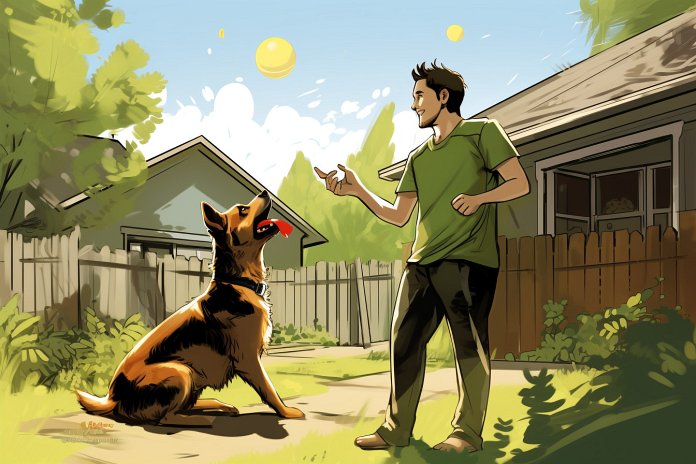
Cancer is a devastating diagnosis that no dog owner wants to hear. Mast cell tumors are the most common form of skin tumor in dogs and can be malignant. However, there are treatment options available to fight against these tumors.
Signs and Symptoms of Mast Cell Tumors in Dogs
Mast cell tumors can vary in shape, appearance, and size. They can occur in different parts of the body, but most commonly in the skin. The most common symptom is a lump in the skin. Other symptoms include redness, itching, bleeding, bruising, swelling, vomiting, and loss of appetite.
Body Language
Pay attention to your dog’s body language for signs of a mast cell tumor, such as scratching, weakness, and other unusual behaviors.
The Science of Mast Cell Tumors in Dogs
Mast cells are normal cells that play a role in the immune system. When they mutate and replicate abnormally, mast cell tumors can form. These tumors can be benign or malignant and can cause health issues. The overproduction of histamine can also lead to stomach ulcers.
Diagnosis and Treatment of Mast Cell Tumors
To diagnose a mast cell tumor, your veterinarian will assess your pet’s medical history and conduct a thorough examination. Cell samples will be examined to determine the best course of treatment. Treatment options vary depending on the grade of the tumor, with grade III tumors requiring chemotherapy. The prognosis and treatment plan will be determined on a case-by-case basis.
“Remember, the road to fighting mast cell tumors in dogs is paved with hope and individualized treatment options.”

Tips & Things to Know
1️⃣ Pay attention to any lumps or skin abnormalities on your dog. Mast cell tumors can vary in appearance, so it’s important to have any new or changing lumps checked by a veterinarian. Red, itchy, bleeding, or rapidly growing lumps should be investigated immediately.
2️⃣ Watch for signs of stomach ulcers, such as vomiting and a loss of appetite. Mast cell tumors can release histamine, which can cause stomach ulcers in dogs. If your dog exhibits these symptoms, it’s important to seek veterinary care.
3️⃣ Understand that mast cell tumors are highly unpredictable. The treatment and prognosis for each case can vary, so it’s important to work closely with your veterinarian to develop a treatment plan that is tailored to your dog’s specific needs. Grade I tumors are generally benign, Grade II tumors may require surgical excision, and Grade III tumors are aggressive and may require chemotherapy.
Frequently Asked Questions, Answered ✅
1. How can mast cell tumors in dogs be diagnosed?
– Mast cell tumors in dogs can be diagnosed through the examination of cell samples obtained by aspiration or fine needle biopsy.
2. What are the different grades of mast cell tumors in dogs?
– Mast cell tumors in dogs are graded on a scale of I to III. Grade I tumors are considered benign, grade II tumors are the most common and can be cured by surgical excision, and grade III tumors are aggressive and require chemotherapy.
3. What are the signs and symptoms of mast cell tumors in dogs?
– Signs and symptoms of mast cell tumors in dogs include the presence of a skin lump, red and angry-looking lumps, swelling around the lump, vomiting, and loss of appetite.
4. What breeds are predisposed to developing mast cell tumors?
– Certain breeds, such as the Boston Terrier, Boxer, English Bulldog, Bullmastiff, Labrador, Golden Retriever, and Staffordshire Bull Terrier, are predisposed to developing mast cell tumors.
5. What treatment options are available for mast cell tumors in dogs?
– The treatment and prognosis for mast cell tumors in dogs vary on a case-by-case basis. Treatment options may include surgical excision, chemotherapy, or a combination of treatments. It is best to consult with a veterinarian or treating specialist to determine the most suitable treatment plan for your pet.